What chemicals in your products are harming your skin?
What chemicals in your products are harming your skin?
Tip: If you cannot pronounce them, they aren’t good for you!!!
For many, a commitment to health sounds like a long term relationship which has no end, for others, it is an inconvenience, trouble and living with paranoia.
Those who are committed to health may decide to go organic with food, grow their own food, read labels of everything they buy, live an informed life. The ones who are not committed to health or do not have enough time to read labels, are least bothered about what goes into making. While this perspective is completely understandable, there is no harm in being informed.
Being informed will simply help one make more intelligent and conscious choice for oneself and for this earth as a whole!! After all, ‘You are what you eat’ and ‘What goes on your skin, goes in your body’. We will discuss the food bit some other time. Let us talk about the not so talked about ingredients that go into personal care products because anything that you inhale or spread/apply on your skin, can be absorbed into your body and potentially cause damage over time.
Labels on cosmetics and personal care products are a tough nut to crack. Many of the synthetic chemicals that are listed on the labels are skin irritants, skin penetrators, endocrine disruptors, hormone disruptor and carcinogenic. Let us simply understand the most common chemicals that goes into making of a product and the chemicals which should be best avoided.
PARABEN:
Paraben is a widely used preservative that prevents the growth of bacteria, mold and yeast in cosmetic products. It is used in shampoos, moisturizers, body washes, deodorants, makeup.
Parabens easily penetrate the skin and are suspected of interfering with hormone function (endocrine disruption). Parabens possess estrogen-mimicking properties that are associated with increased risk of breast cancer. (Estrogen is the primary female sex hormone). Parabens may also interfere with male reproductive functions. In addition, studies indicate that methylparaben applied on the skin reacts with UVB leading to increased skin aging and DNA damage.
Paraben when applied to the skin, is absorbed into the body and bypass the metabolic process, thus entering the blood stream and body organs intact.
Related Ingredients:
Methylparaben, butylparaben and propylparaben are some of the most common parabens in cosmetics. Other chemicals in this class generally have “paraben” in their names (e.g., isobutylparaben, ethylparaben, etc.).
Propylene glycol
It is a small organic alcohol commonly used as a skin-conditioning agent. It is commonly found in liquid foundation, spray deodrants, moisturizers, shampoos, conditioners, baby wipes and more.
As one can read, propylene glycol is used in most of the personal care products but without any warning!! The main function of PG is that it attracts and draws moisture from the lower layers into the top layer, helping your skin appear smooth and soft. Great for a short time, but as you use more and more, those lower layers gradually dry out. Your skin appears dull, exacerbating the look of any fine lines or wrinkles.
PG also tends to sit on the surface of skin even after you rinse it, dissolving the fats and oils your skin needs to stay nourished. Your skin reacts by becoming parched and dry and requiring more applications of moisturizer, which make skin dryer, requiring more moisture. It’s a vicious cycle.
It is classified as a skin irritant and penetrator. It has been associated with causing dermatitis as well as hives in humans - these sensitization effects can be manifested at propylene glycol concentrations as low as 2 percent.
DEA/TEA/MEA
Ethanolamines are ammonia compounds used in cosmetics as emulsifiers or foaming agents. You’ll see these listed on the ingredient label as “DEA,MEA, & TEA,” abbreviations for diethanolamine, monoethanolamine, and triethanolamine. They are used in shampoos, body washes, soaps, bubble baths, and facial cleaners. They’re also found in eyeliners, mascara, eye shadows, blush, make-up bases and foundations, fragrances, hair care products, hair dyes, shaving products, and sunscreens.
The most serious concern that these chemicals possess is that they are suspected carcinogens, which means that they increase the risk of cancer especially with their prolonged and repeated use. Other than that, DEA and its compounds cause mild to moderate skin and eye irritation. In laboratory experiments, exposure to high doses of these chemicals has been shown to cause liver cancers and precancerous changes in skin and thyroid. The European Union classifies DEA as harmful on the basis of danger of serious damage to health from prolonged exposure.
Related ingredients:
Cocamide DEA, Cocamide MEA, DEA-Cetyl Phosphate, DEA Oleth-3 Phosphate, Lauramide DEA, Linoleamide MEA, Myristamide DEA, Oleamide DEA, Stearamide MEA, TEA-Lauryl Sulfate, Triethanolamine
ETHOXYLATED SURFACTANTS and 1,4-DIOXANE:
Never listed because it’s a by-product made from adding carcinogenic ethylene oxide to make other chemicals less harsh. Avoid any ingredients containing the letters "eth."
TRICLOSAN
Triclosan is widely used antimicrobial chemical that's a known endocrine disruptor -- especially thyroid and reproductive hormones, and a skin irritant. Studies raise concerns that triclosan contributes to making bacteria antibiotic-resistant. There also wasn't enough supporting evidence that washing with antibacterial soaps containing triclosan provides any benefit over washing with regular soap and water. Triclosan can be found in toothpastes, antibacterial soaps and deodorants.
Related ingredients:
2,4,4’-trichloro-2’-hydoxydiphenyl ether
SODIUM LAURYL SULFATE (SLS) / SODIUM LAURETH SULFATE (SLES):
Sodium lauryl sulfate is a surfactant, detergent, and emulsifier used in thousands of cosmetic products. It is present in nearly all shampoos, scalp treatments, hair color and bleaching agents, toothpastes, body washes and cleansers, make-up foundations, liquid hand soaps, laundry detergents, and bath oils/bath salts. All Blue Nectar products like Shampoo, Face Wash, Conditioners are free from Sulphate and other harmful chemicals
Although SLS originates from coconuts, the chemical is anything but natural. The real problem with SLES/SLS is that the manufacturing process (ethoxylation) results in SLES/SLS being contaminated with 1,4 dioxane, a carcinogenic by-product. This is a major concern about SLS as is has potential to interact and combine with other chemicals to form nitrosamines, a carcinogen. These combinations can lead to a host of other issues like kidney and respiratory damage. SLS's are also known to be skin, lung, and eye irritants.
MINERAL OIL:
It is a by-product of petroleum that’s used in baby oil, moisturizers, styling gels. It serves as a preserving agent and assists in retaining moisture. Aside from moisturizing skin creams and lotions, it is also used on skin supplements, foundations, and makeups that are intended for use on dry skin. It is very cheap and therefore very popular among personal care companies.
But along comes the health hazard. Mineral oil creates a film that impairs the skin’s ability to eliminate toxins, promoting acne and other disorders. It also slows down skin function and cell development, resulting in premature ageing. Worse, it may also be contaminated with PAHs (carcinogens). If mineral oil is absorbed into the skin because of habitual use, it may affect the functioning of the liver. The liver has to work very hard to break down mineral oil and may not be able to break down toxins efficiently. This can lead to poorer health and weakened immune system.
OXYBENZONE:
Active ingredient in chemical sunscreens that accumulates in fatty tissues and is linked to allergies, hormone disruption, cellular damage, low birth weight.
FRAGRANCE:
This particular category is pretty scary, because what does "fragrance" mean anyway? It can be found in many products such as perfume, cologne, conditioner, shampoo, body wash and moisturizers.
Of the thousands of chemicals used in fragrances, most have not been tested for toxicity, alone or in combination. Many of these unlisted ingredients are irritants and can trigger allergies, migraines, and asthma symptoms. Exposure to perfume can exacerbate asthma, and perhaps even contribute to its development in children.
While the list is endless, we should make a conscious decision to read the labels before buying a product. The tip here is:
If you can’t pronounce them, they’re probably not good for you!!
So, here are some final tips and suggestions to lighten your toxic load:
- Use simple all-natural products, which may comprise of Ayurveda herbs.
- Look for products that are fragrance-free. One artificial fragrance can contain hundreds (even thousands) of chemicals, and fragrances are a major cause of allergic reactions.
- Pay attention to the order in which the ingredients are listed. Manufacturers are required to list ingredients in descending order by volume, meaning the first few ingredients are the most prominent. If honey or glycerin is the last ingredient in a long list, your personal care product isn't very natural.
- Switch over to natural and herbal brand of products such as face wash, creams, shampoo etc.


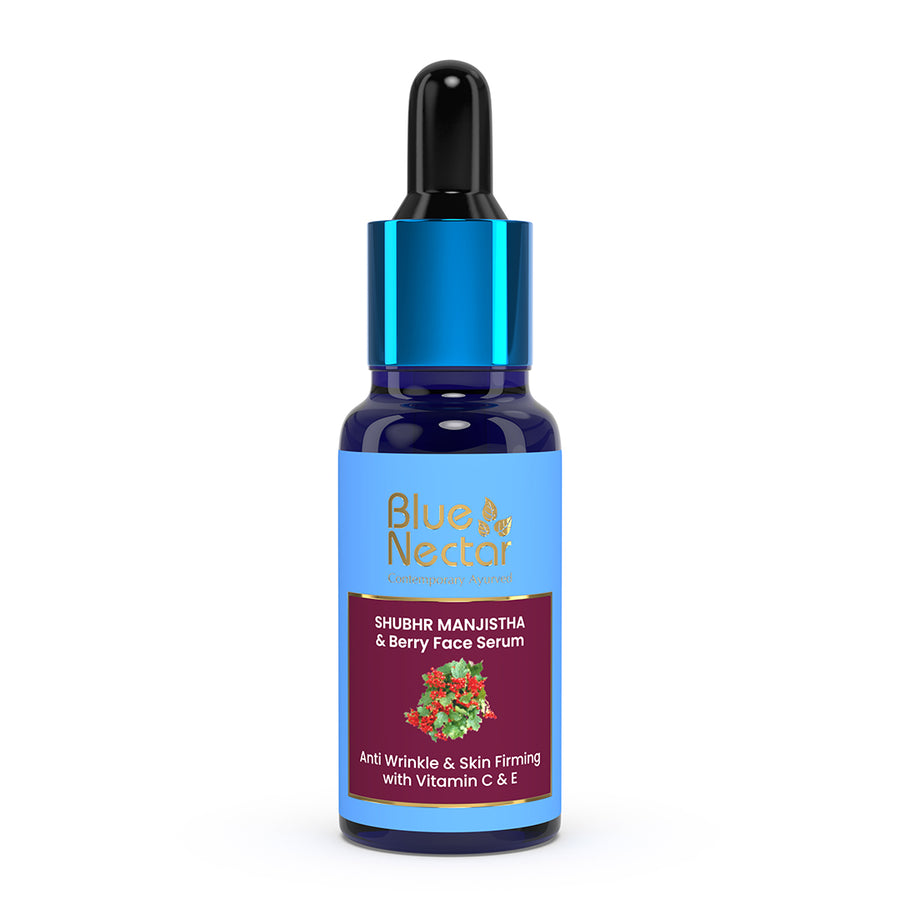

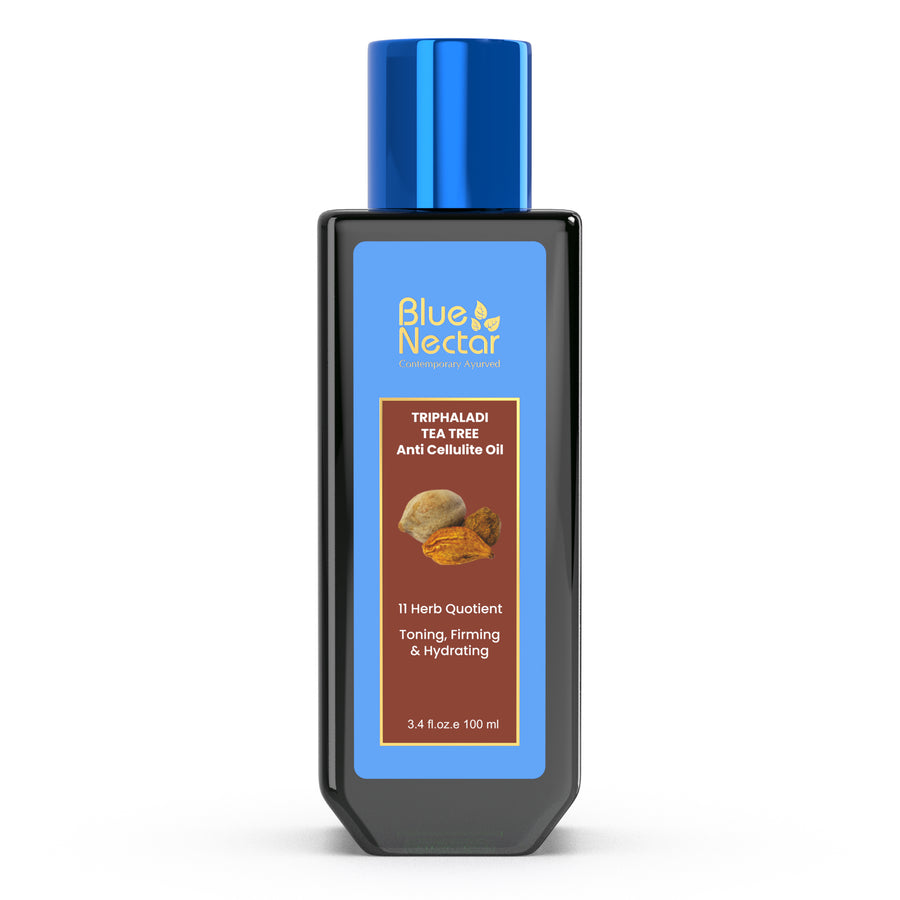
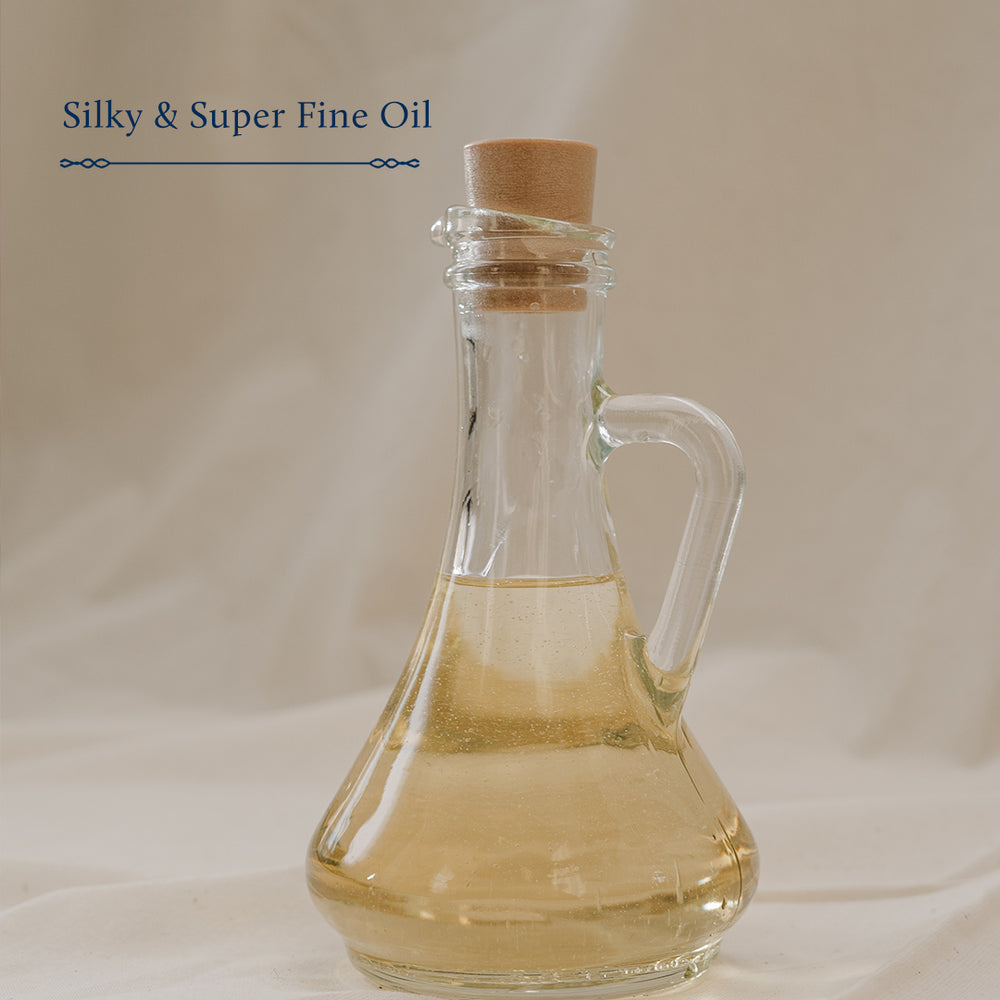
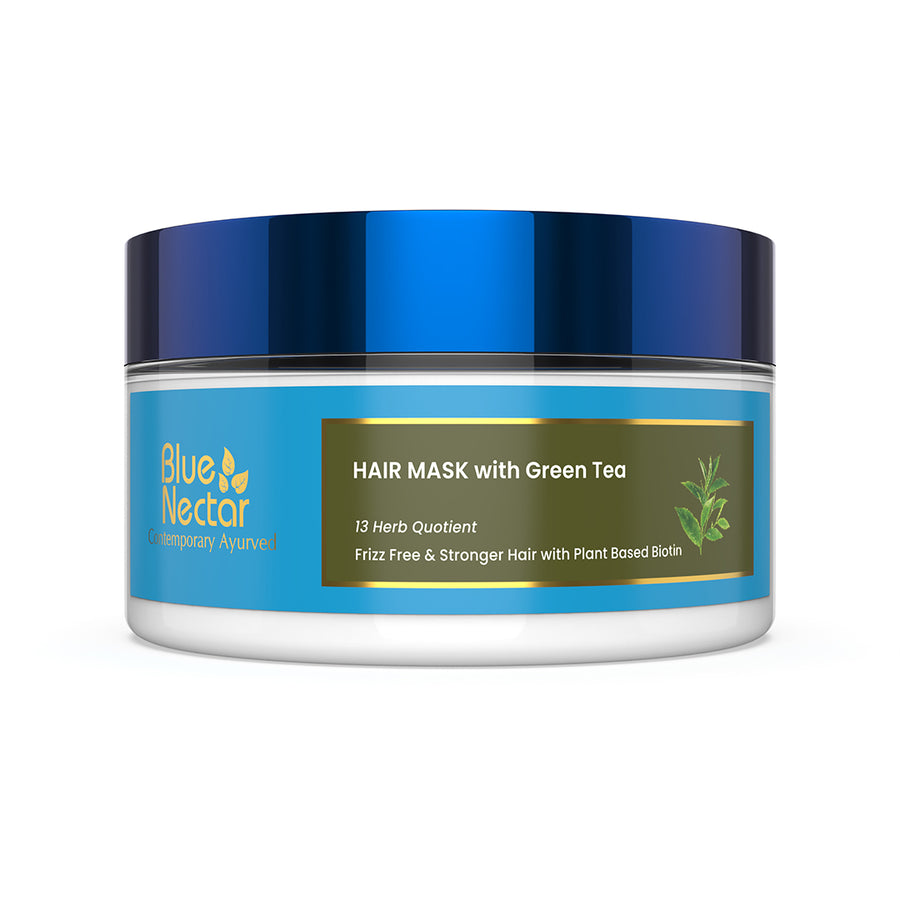
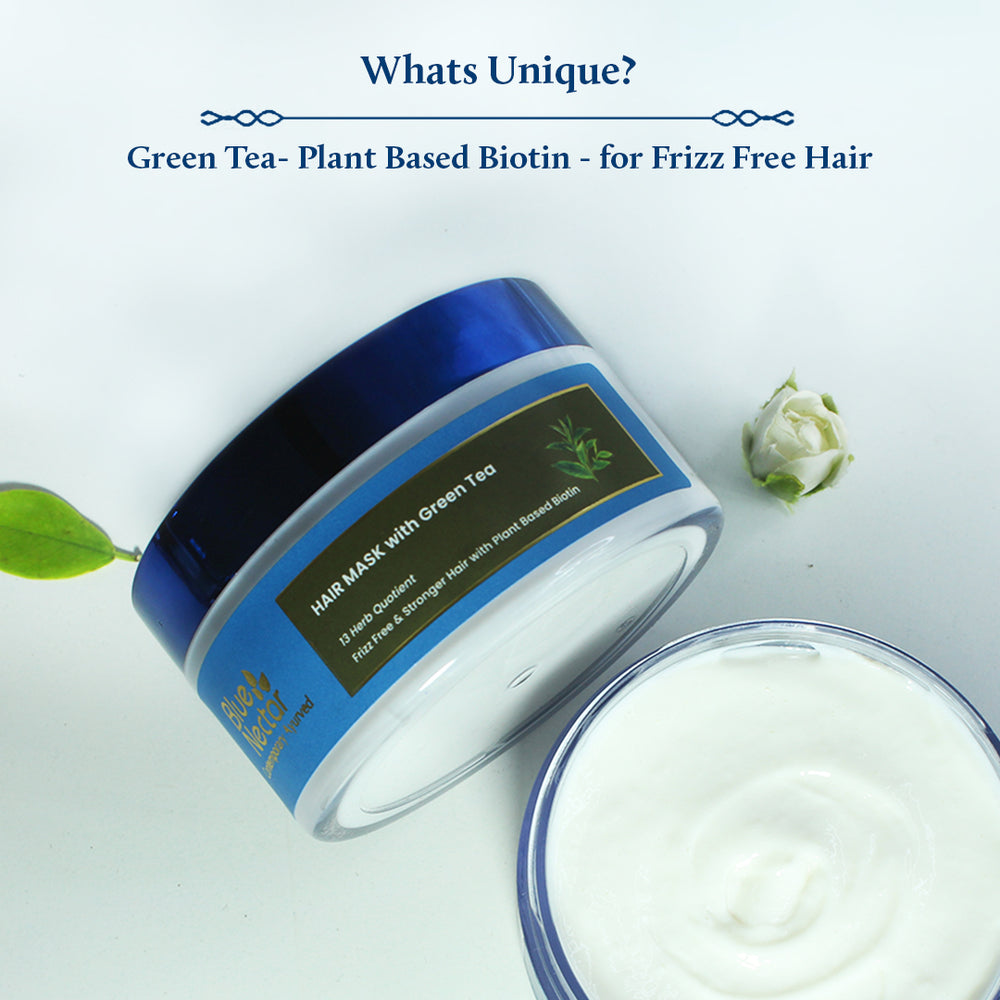


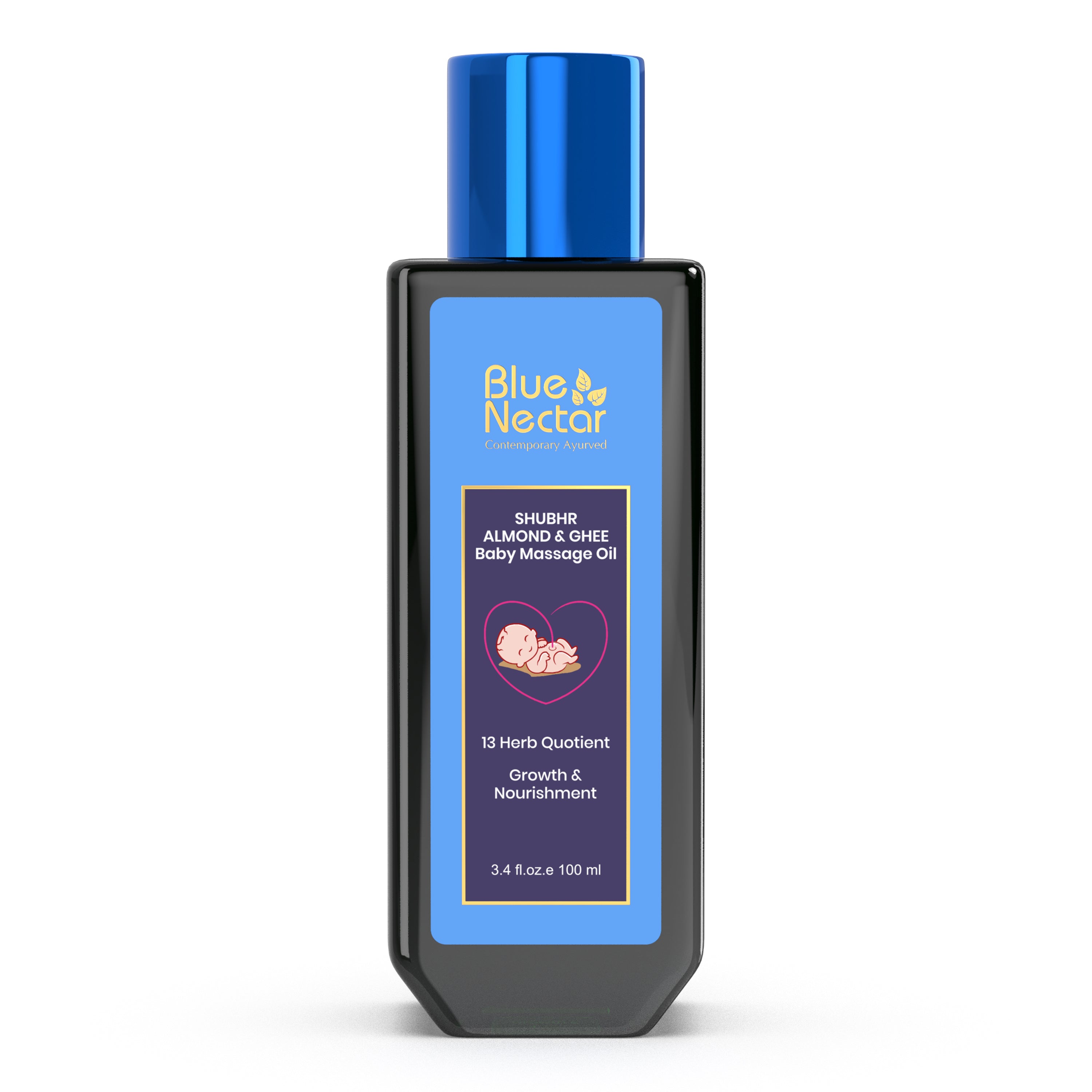






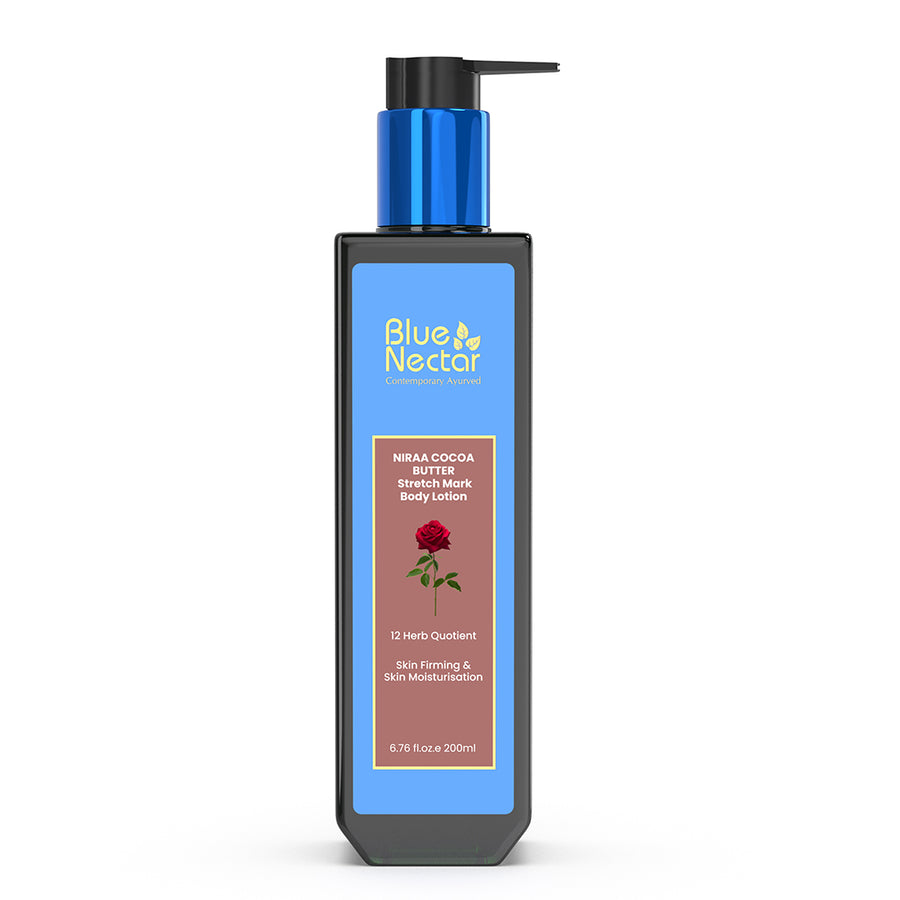

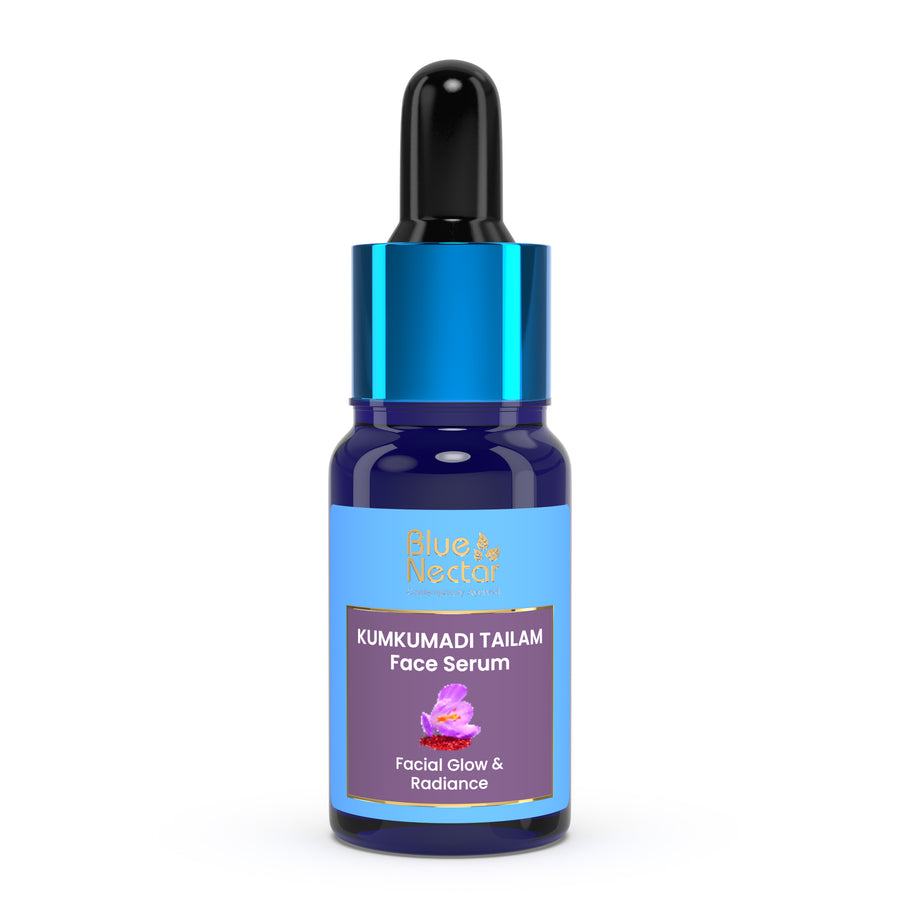
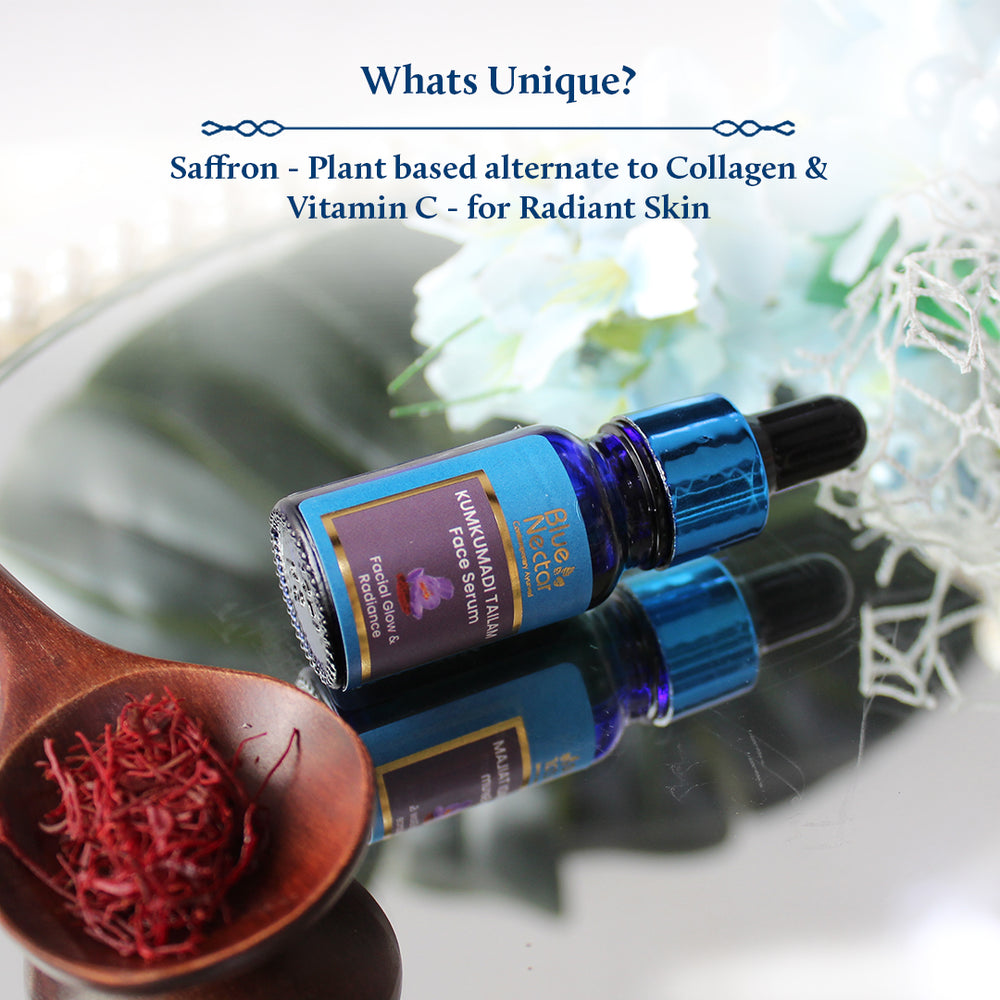
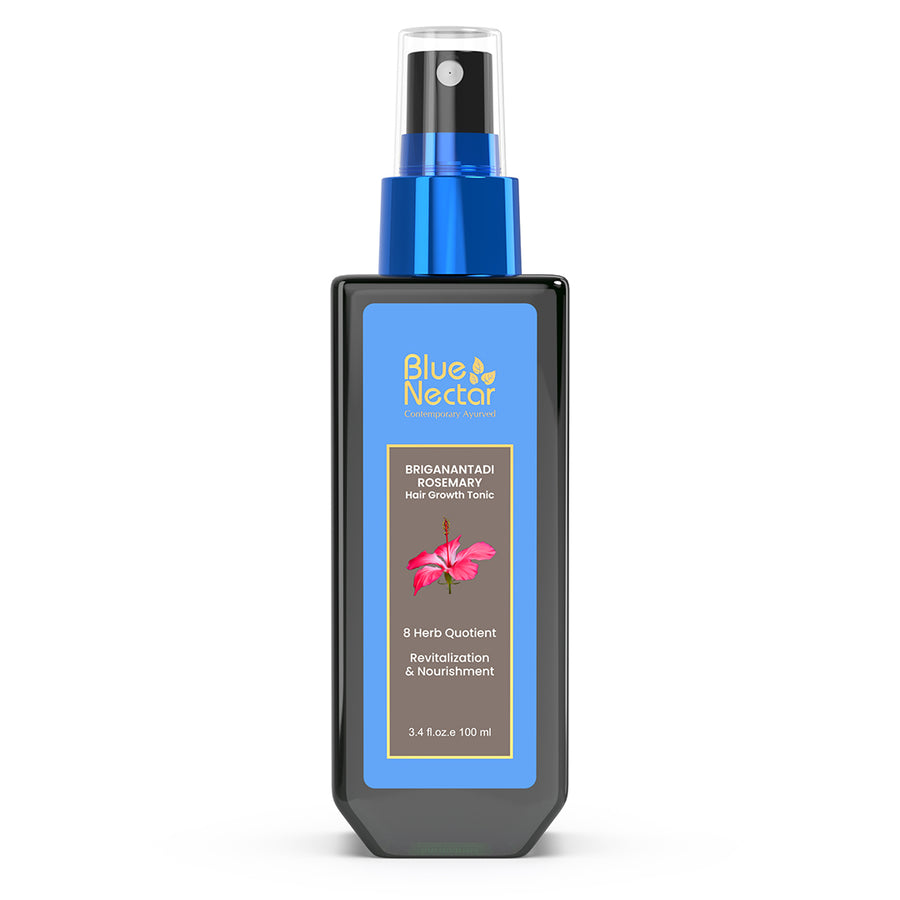
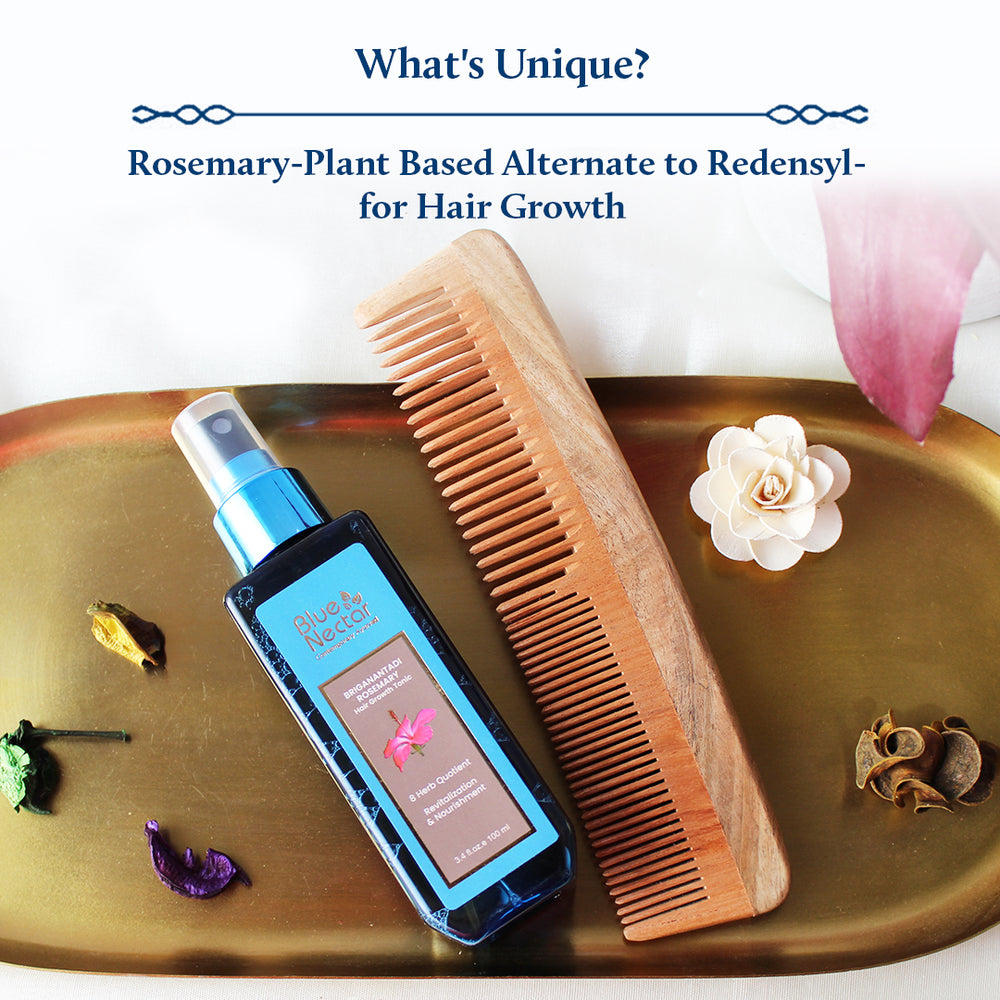

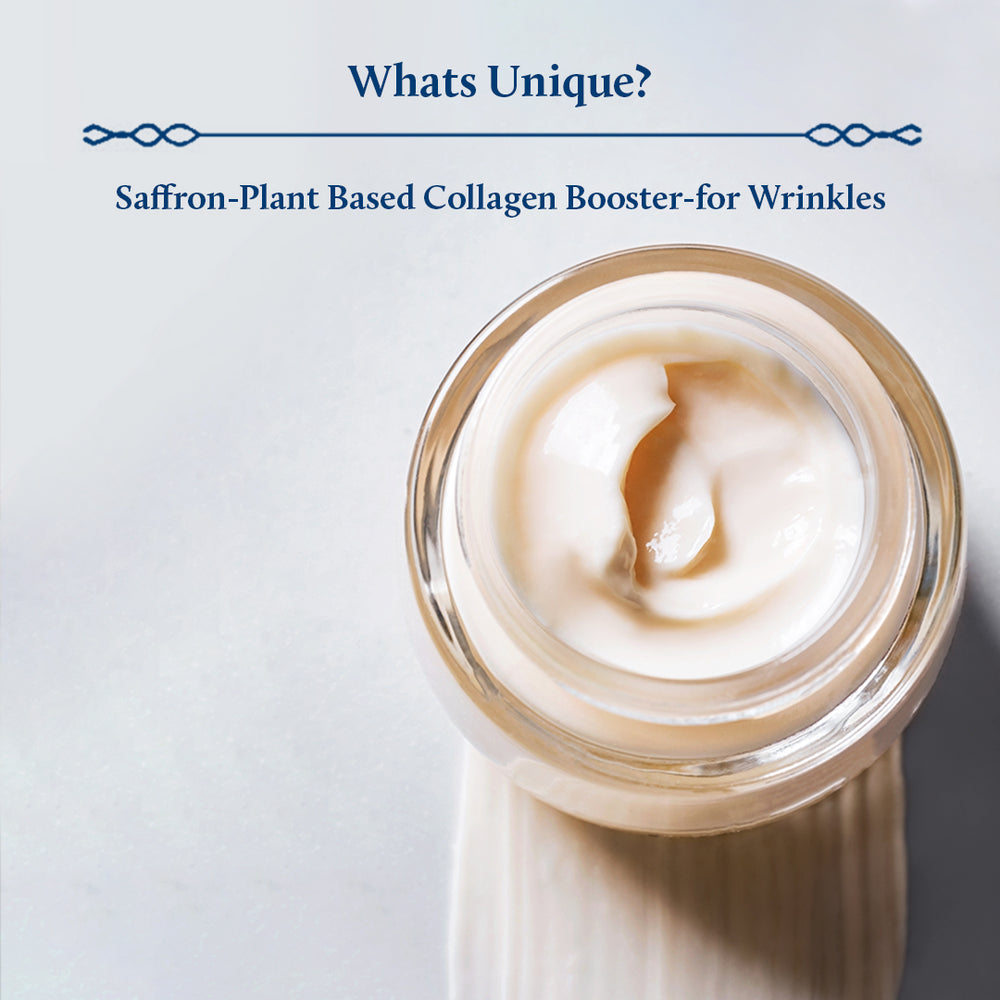
Leave a comment